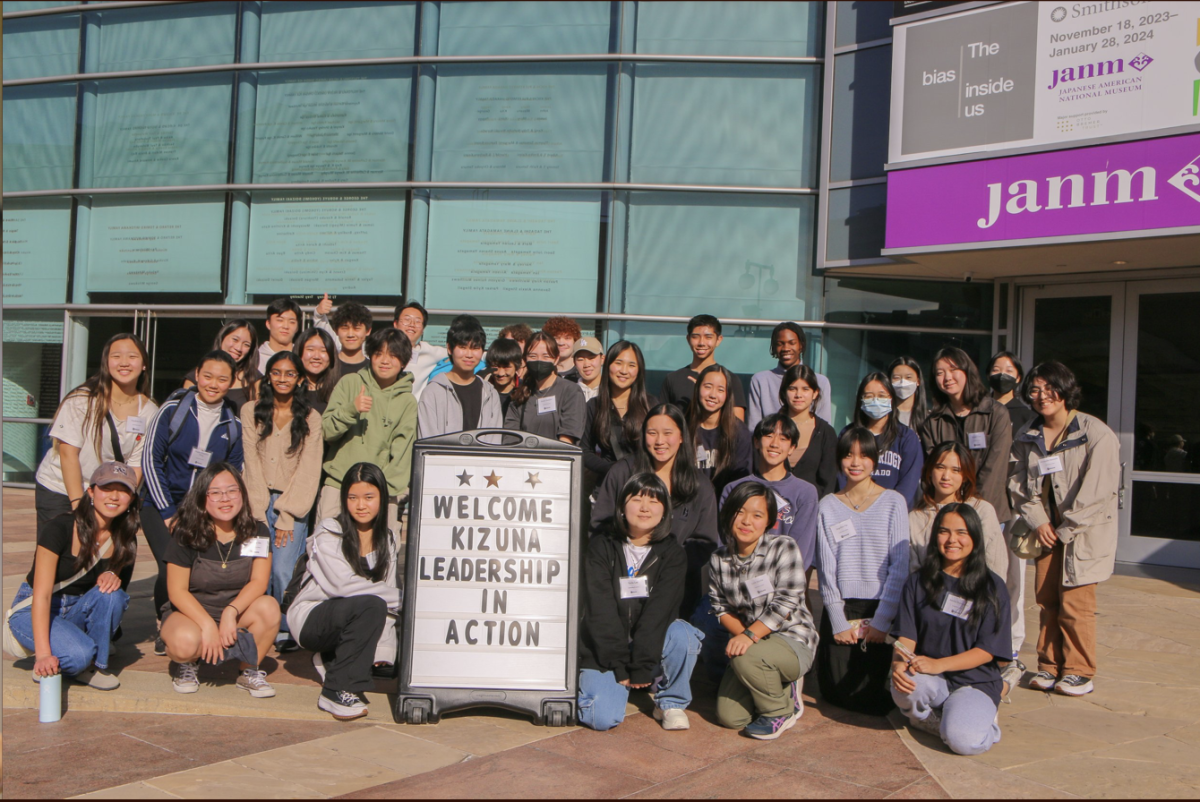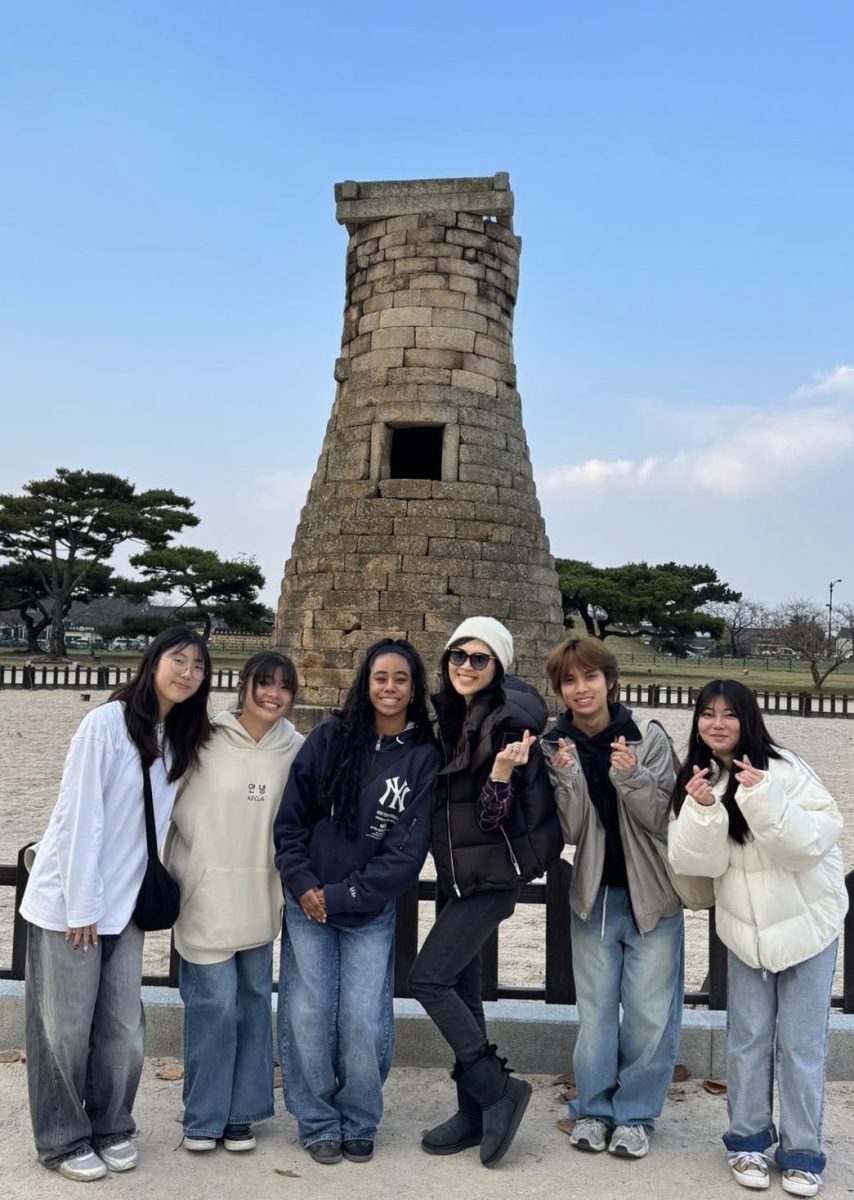On the morning of February 15th approximately eighty kids from the Environmental and Biology AP classes gathered in front of the school. Their mission was to go to the Redondo Beach Sea Lab. Their purpose: learn how to manage a garden. The groups were led onto the buses that were to take them on the fifteen minute drive to the Redondo Beach Sea Lab. The coming storm gathering overhead did not darken the mood of the trip and, as the buses left the school behind, a growing sense of freedom liberated the buses’ patrons.
The group, soon after arriving, the group was broken up into three separate groups. Then, as the groups rotated stations, they were further broken up into smaller groups. “I was with Group One,” Justin Lee (11) said. “There were three groups in total.” The First station involved matching seeds with the plant of origin. This was tedious as there were many plants to examine but eventually every group was able to find a match. “It was tedious but, with the help of a chaperone, we were able to find [the plant],” said Dae Hee Kim (12), a member of the AP Biology class. Then, the second station involved propagating plants by breaking apart the root systems to multiply the number of plants, searching through dead plant matter to extract seeds, or to create soil by blending different soil components. Then, the classes were led through the ‘aquarium’ section of the Sea Lab and given a small lecture course on plants and the basic parts of the plant.
At about noon, the buses arrive to pick students up to go to the Madrona Marsh. There, the two classes were able to eat our packed lunches in the visitor’s center. Then, while filling out a worksheet, each student studied various exhibits regarding the creation of the Marsh as a preserve. From the inception of the marsh 100,000 years ago to its preservation by John Muir, the tour gave the students a comprehensive history of the marshes. Then, in small groups, each class was given a small experience tour of the California Native Plant Garden. Many native plants thrived in the sectionalized habitats and everything from California desert plants to coastal shrubs were displayed to visitors.
The Sea Lab trip was a lesson to the classes that the teachers hope will be a valuable model to use in creating West’s own Native Plant Garden.







